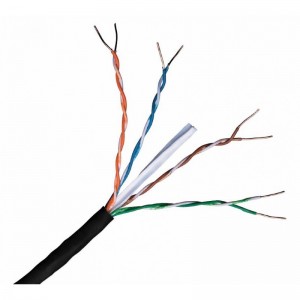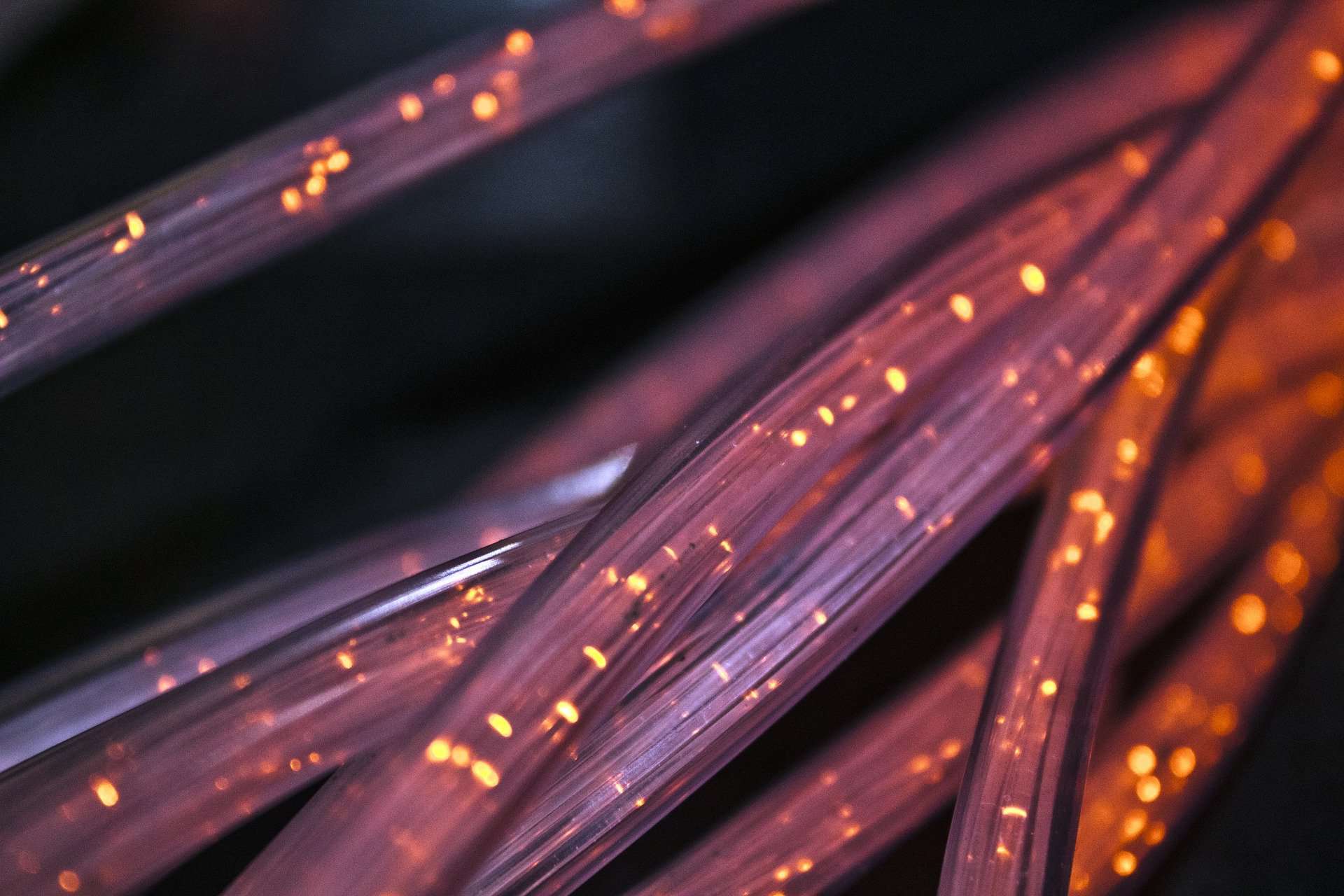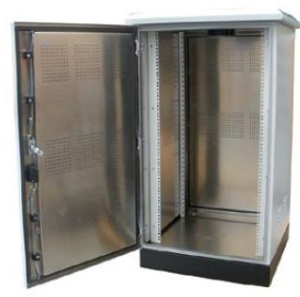Optical Fibre Cables:
What is a optical fibre cable? A optical fibre cable is an advanced type of network cable. It is a flexible transparent fibre cable made up by components that are primarily used for networking or communications and are widely used in diverse applications. Over the years optical fibre cables has taken over from the more traditional copper cable.
There are two types of optical fibre cables – single-mode and multimode. Single-mode and multimode are for the most part built the same way. However there are differences between the types – function and configuration which deliver varying performance on distances. So what are optical fibre cables made up of?
Components of an optical fibre cable:
Core – Usually made from glass (silica) or plastic. It is the physical medium that transports the optical signals from one source to another. The core is the smallest part of a cable, with a diameter less than a human hair.
Cladding – Surrounds the core and provide lower refractive index to make the optical fibre work. It is a thin layer that enables data to travel through the length of the cable.
Coating – The protective layer of the optical fibre that absorbs shock, scrapes and moisture that can damage the cladding. It gives extra protection against excessive cable bends.
Strengthening fibres – Helps protect the core against tension and crushing during installation.
Cable jacket – The outer layer of the cable. This layer protects the cable against environmental hazards.

Difference between multimode and single-mode fibre:
In a nutshell, single mode means only one source of light can be propagated at a time through the fibre. Multimode means the fibre can propagate multiple modes. A single mode fibre cable is built around a single strand of silica or plastic with a small diameter. Multimode fibre cables are built around a larger core that guide many modes together.
There are some differences in how single mode and multimode cables work. Mainly, the differences lies in the fibre core diameter, bandwidth, colour, distance and wavelength, and light source.
- The multimode fibre cable core is larger in diameter than what a single-mode cable core.
- Single mode enables one type of light mode to propagate at a time while multimode can propagate multiple light modes.
- Since the core in a multimode cable is bigger, low-cost light sources such as LCD can be used with multimode. Stronger light sources need to be used with single mode cables.
- Multimode travels less lengths than single mode. Single mode only allows one light source at a time to travel through.
- Multimode cables are usually used on shorter distances. This is because the modes tend to distort over longer distances. The single mode does not do this and stay clear for, in theory, indefinite.
- As a standard, single mode cables are coated in yellow outer sheath, while multimode fibre cables are usually orange or aqua. However, both can come in different colours depending on specs and specific colour specifications from buyers.
There is usually a difference in cost with higher speed cables. In general, multimode cables are lower in price compared to single mode cables. The cables we stock are available with patch leads terminations. We also have an comprehensive range of terminations including ST, SC, FC and LC.
Contact us:
Have a look in our shop to see our selection of single mode fibre patch cables and multimode fibre patch cables. If you require pricing for an unlisted length or our premium fast track service, contact us on 01702 443800. Or try out our made to order service here.




